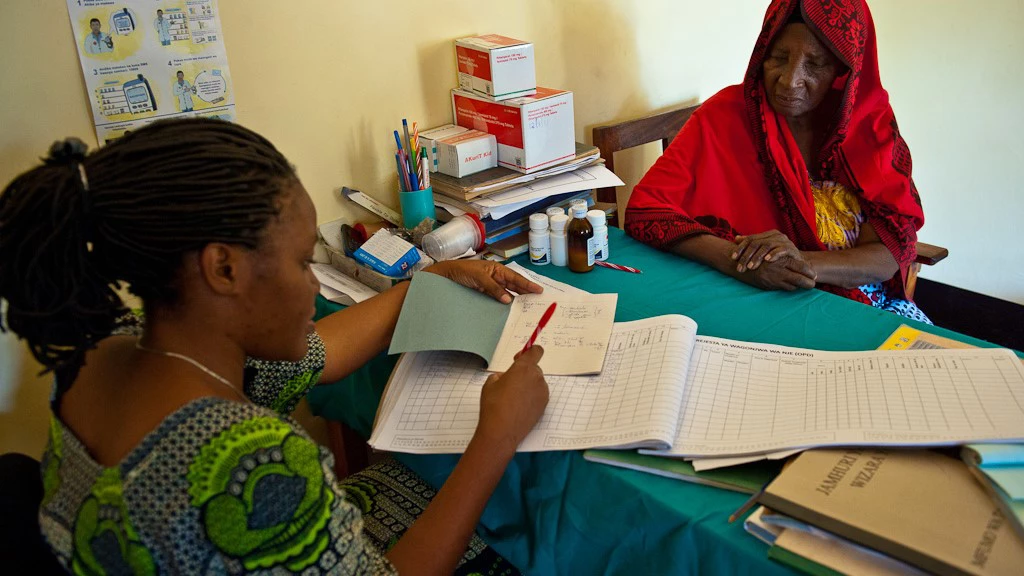 Cash transfers complement TB treatment programs to support the poor. Copyright: Arne Hoel/World Bank
Cash transfers complement TB treatment programs to support the poor. Copyright: Arne Hoel/World Bank
"Grains, milk, vegetables, eggs, and cash transfer support—these were my lifelines during my 18-month battle with tuberculosis (TB)," said a 62-year-old woman from an urban slum in Mumbai, India, who was diagnosed and treated with drug-resistant TB. With her TB behind her, she is now a TB champion, sharing her experiences to encourage others in the community to seek care. Her journey exemplifies the 2024 World TB Day theme, “Yes! We can end Tuberculosis,” by working together to expedite progress towards ending TB.
TB remains a leading cause of morbidity and mortality globally with 10 million new infections and 1.5 million deaths per year. Of the 10 million new TB cases, most are in less developed countries. Six countries alone (India, Indonesia, China, Nigeria, Pakistan, and South Africa) account for about two-thirds of the global TB burden.
Besides the cost to the health sector, TB is a major economic burden to patients and their families. Studies suggest that on average three to four months of work time are lost, resulting in earning loses of 20% to 30% (annual household). For the families of those that die from the disease, there is an additional loss of about 15 years of income. Poor people are more likely to contract TB and TB patients are more likely to fall into poverty.
Global target to end TB is off track
We are off-track from reaching the 2030 global targets for TB. Presently, the annual decline in TB incidence hovers around a modest 1–2%, falling far short of the 10% required to meet the ambitious goal of ending the epidemic by 2030, and therefore failing the 2030 Sustainable Development Goals (SDG). The graph below shows a huge gap between the 2030 target incidence vs. the estimated incidence based on current trends.
2030 END-TB target incidence (green line) vs. projected incidence (black dots)
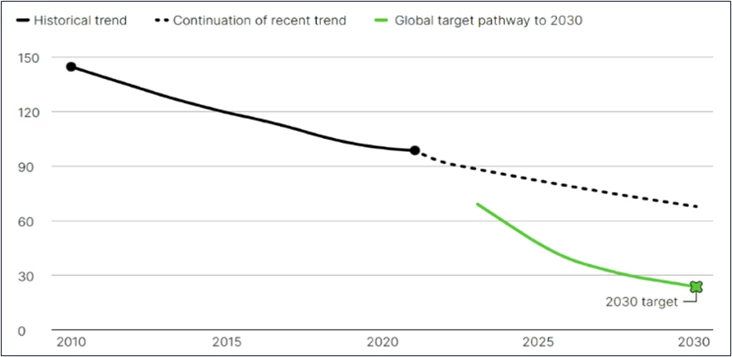
Source: The 2023 Global Fund Results Report
Providing a financial lifeline to TB patients
TB is not just a disease; it's a stark reflection of the underlying socioeconomic disparities. But there is hope. TB thrives in conditions of poverty, overcrowding, and inadequate access to healthcare, disproportionately affecting marginalized population, perpetuating cycles of illness and poverty.
In the battle against TB, conditional cash transfers or direct benefit transfers for poor TB patients have emerged as a beacon of hope. For impoverished families, the financial toll of TB treatment, including expenses for nutrition and lost wages, can be excruciating. Direct benefit transfers cut through these barriers, providing financial lifelines directly to patients. Countries like Argentina and Brazil are exemplary in embracing conditional cash transfers for TB patients. Estimates show that in both countries, patients receiving cash transfer are three times more likely to complete treatment.
Direct benefit transfers have also shown positive effects among TB patients in India – the country with the largest TB burden. India’s Nikshay Poshan Yojana (NPY) scheme has paid nearly US$3 billion to over 7 million patients affected with TB between 2018 and 2022. Under the NPY scheme, each TB patient receives 500 rupees (US$6) per month until they complete TB treatment. Recent analysis from NPY scheme reveals that the start of treatment is timely once diagnosed, direct benefit transfers reached a high proportion of patients, and patients receiving the cash transfers were more likely to complete treatment successfully.
More funding, innovations, multisectoral engagement, and financing are needed to close the gaps
The commitment to end TB by 2030 is one of the most concrete targets among the SDGs and one that would make a big difference to the lives of the poorest and most vulnerable. The World Bank is committed to providing financial assistance and leveraging its multisectoral power to help countries fight TB, for example in India, Indonesia, Papua New Guinea, Southern Africa Region.
The four-step cascade of care in TB diagnostics
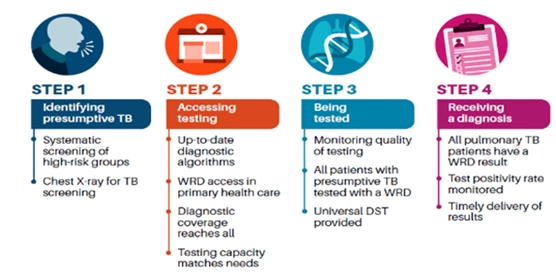
Source: The WHO; WRD=Rapid Diagnostic Tests; DST= Drug Susceptibility Testing
Here is what needs to happen to speed up the progress toward ending TB:
- Fostering and implementing multisectoral collaborations to tackle the complex set of social drivers of TB. We cannot end TB without ending poverty and vice versa.
- Finding the 3.5 million annual missing TB cases by improving health systems’ ability to screen, test and treat patients, as well diagnostic tools. We need faster, more accurate, and more affordable diagnostic tools. The chart above shows how this can be done.
- Finding new vaccines that provides long-lasting protection against all forms of TB. The only available TB vaccine (BCG) offers partial protection for young children against severe forms of TB. BCG does not protect adults.
- More investment in TB is needed, particularly for the top 10 TB burden countries. We currently meet only half of the financing need for TB. The political declaration at the UN high-level meeting on TB in 2023 includes a funding target of $35 billion/year by 2030.
We can end TB through multisectoral collaboration, addressing the root cause of TB (poverty), improving diagnostics, strengthening the primary care system, and increasing investment.


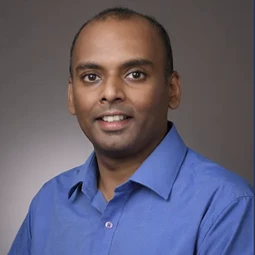
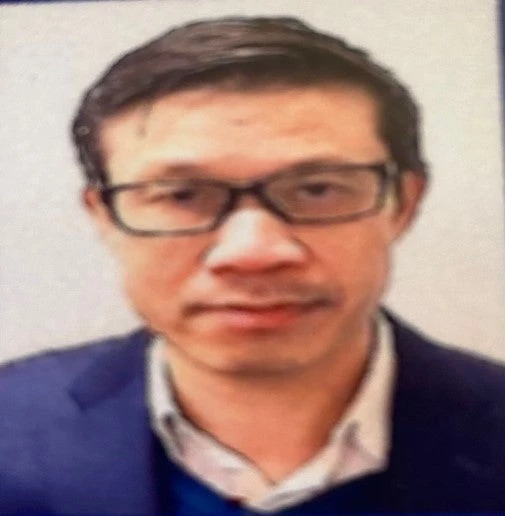
Join the Conversation